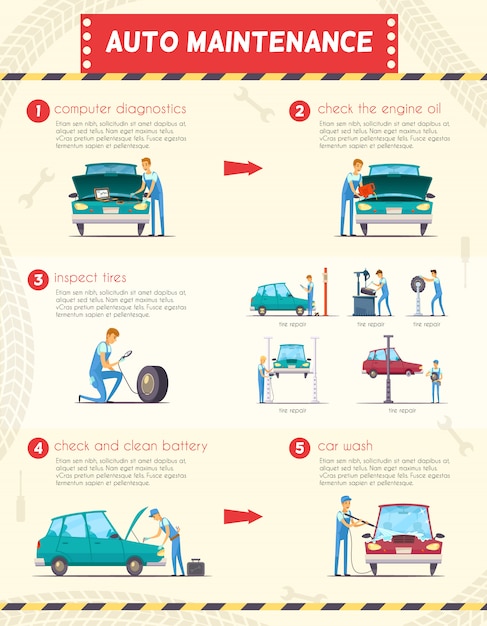Comprehending Your Vehicle'S Caution Lights: What Do They Actually Mean?
Comprehending Your Vehicle'S Caution Lights: What Do They Actually Mean?
Blog Article
Content Author-Lim Corbett
When you lag the wheel, those radiant caution lights on your dashboard can be a little bit complicated. Do https://vehiclesuspensiontesting95173.theobloggers.com/36069451/the-stunning-transformation-of-a-failed-to-remember-vehicle-showcases-the-amazing-influence-of-specialist-outlining-techniques-prepare-to-be-surprised-by-the-outcomes recognize what they're attempting to inform you regarding your automobile's health? Recognizing the value of these lights is crucial for your safety and security and the longevity of your lorry. So, the following time one of those lights appears, would not you intend to understand its message accurately and take the necessary actions to address it?
Common Caution Lighting and Interpretations
Recognize usual warning lights in your cars and truck and recognize their meanings to guarantee risk-free driving.
The most normal caution lights include the check engine light, which indicates concerns with the engine or emissions system. If this light comes on, it's crucial to have your lorry checked immediately.
https://arthursnhbu.blogoxo.com/30079343/prepare-to-boost-your-vehicle-s-appearance-in-less-than-an-hour-with-user-friendly-suggestions-that-will-certainly-leave-you-in-awe-your-rapid-cars-and-truck-outlining-solution-is-just-around-the-corner warning light shows low oil stress, calling for instant focus to prevent engine damage.
A blinking battery light might recommend a damaged billing system, possibly leaving you stranded otherwise resolved.
The tire pressure surveillance system (TPMS) light alerts you to reduced tire pressure, affecting vehicle stability and gas efficiency. Disregarding this could cause unsafe driving conditions.
The abdominal light shows a trouble with the anti-lock stopping system, compromising your ability to quit swiftly in emergencies.
Lastly, the coolant temperature cautioning light warns of engine getting too hot, which can cause severe damage otherwise resolved swiftly.
Recognizing these common caution lights will help you deal with issues quickly and maintain safe driving conditions.
Value of Prompt Interest
Recognizing the usual caution lights in your auto is only the very first step; the value of immediately resolving these warnings can not be highlighted sufficient to ensure your safety and security when driving.
When a caution light illuminates on your control panel, it's your car's means of connecting a possible issue that requires focus. Neglecting these cautions can cause extra extreme issues in the future, endangering your safety and possibly costing you more in repairs.
Prompt attention to cautioning lights can prevent breakdowns and mishaps. For example, a blinking check engine light might indicate a misfire that, if left unattended, might trigger damage to the catalytic converter. Resolving this without delay can conserve you from a costly fixing.
Similarly, vehicle detailing services cautioning light may signify reduced brake liquid or used brake pads, essential components for your safety and security when driving.
Do It Yourself Troubleshooting Tips
If you see a caution light on your dashboard, there are a couple of do it yourself troubleshooting pointers you can attempt prior to seeking expert help.
The very first step is to consult your automobile's guidebook to understand what the specific warning light suggests. Often the concern can be as simple as a loose gas cap activating the check engine light. Tightening up the gas cap may deal with the issue.
An additional usual problem is a reduced battery, which can set off different cautioning lights. Inspecting the battery connections for rust and ensuring they're safe may take care of the trouble.
If a caution light lingers, you can attempt resetting it by separating the car's battery for a couple of mins and after that reconnecting it. Additionally, inspecting auto interior detailing , such as oil, coolant, and brake liquid, can help fix warning lights related to these systems.
Final thought
To conclude, recognizing your auto's caution lights is essential for keeping your automobile running smoothly and securely. By immediately addressing these informs and recognizing what they imply, you can avoid pricey repairs and potential break downs.
Remember to consult your vehicle's guidebook for specific details on each advising light and take action accordingly to guarantee a trouble-free driving experience.
Keep informed, remain secure when driving!
